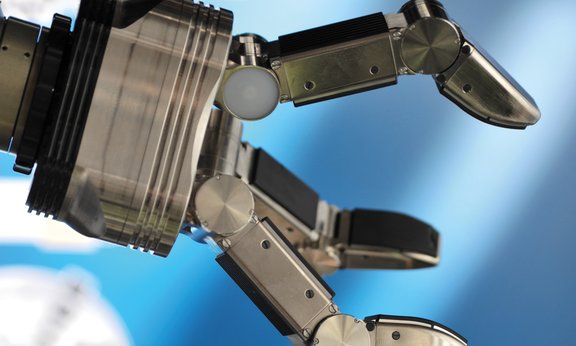All areas of high technology in our modern society are built on physics. A deep understanding of natural physical processes together with the pursuit of knowledge form the basis for numerous applications: Computers, satellites, GPS navigation, lasers, modern imaging in medicine and the Internet are a direct result of basic research in physics.
Physics provides and develops answers to many challenges we face in the present and the future, such as climate, environment and energy and also to fundamental topics, such as the origin of the universe or the wondrous world of quanta.
Study code
UC 066 876
All studiesStudent advisory serviceMinorExtension ProgrammeStudy physics
FAQ
Graduates possess highly specialized knowledge in one of the in-depth studies (Quantum Sciences, Quantum Engineering, Ion- and Applied Physics, Many-body Physics, Computational Physics, Astro- and Particle Physics). They are able to apply their knowledge at the intersections of related sciences by independently formulate and substantiate scientific arguments and to find innovative solutions to problems.
The Master's Programme Physics prepares for a highly qualified occupation in industry and in research as well as for the Doctor of Philosophy Programme Physics. It deepens and widens the abilities and the knowledge in the field of physics that have been acquired during the Bachelor's Programme Physics, and mainly deepens the ability for independent scientific working. Within the context of research-oriented teaching, in-depth study in six different areas is offered:
- Quantum Sciences,
- Quantum Engineering,
- Ion- and Applied Physics,
- Many-body Physics,
- Computational Physics as well as
- Astro- and Particle Physics.
These specialisations can be deepened by a wide range of elective offers. The study programme is concluded with a master's thesis, a resarch paper in a relevant field of physics mentioned, which is included in one of the approx. 30 working groups.
The career fields of the graduates of the Master's Programme Physics are in particular natural science and technology, both in industry and research. Occupational profiles of graduates of the bachelor's programme can be found in fields of science and technolgy where problem-solving capacities and independent implementation of projects are required. Moreover, these activities are also demanded in other fields (e.g. project management, consulting and banking).
Graduates tracking: Shows which occupational fields students enter after graduation
Faculty of Mathematics, Computer Science and Physics Examination Office Information for students with disabilities
Curriculum
From the field
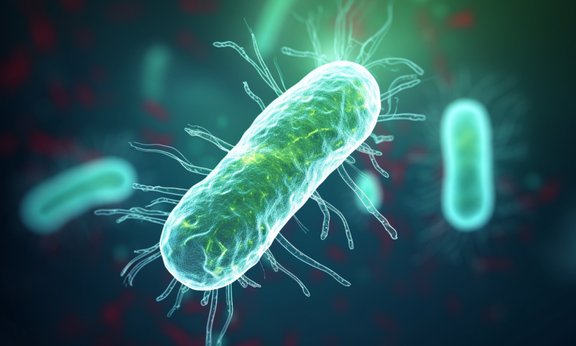
Bacteria in motion
In a joint effort with various international institutions, researchers from the University of Innsbruck have described the movement patterns of the bacterium Escherichia coli. To do so, they used an engineered bacterial strain, experiments under the microscope and complicated functions.
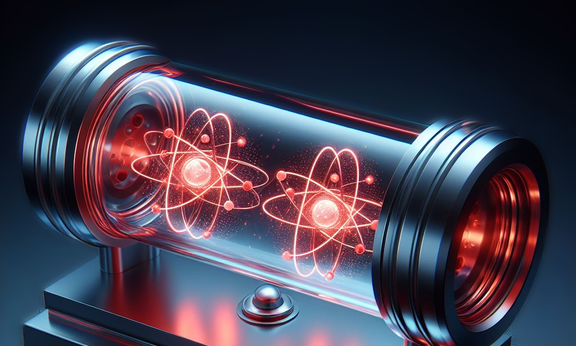
The “superradiance” revisited
Theoretical physicist Farokh Mivehvar has investigated the interaction of two collections of atoms emitting light inside a quantum cavity – an optical device consisting of two high quality, tiny mirrors facing each other that confines the light within a small area for an extended time. The model and predictions can be implemented and observed in state-of-the-art cavity/waveguide-quantum-electrodynamics experiments and might have applications in the new generation of so-called “superradiant lasers”.
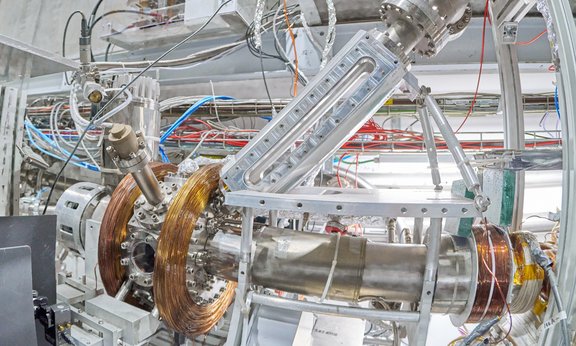
Successful Laser Cooling of Positronium
An international team of scientist including Giovanni Cerchiari from the University of Innsbruck demonstrated laser cooling of positronium, a matter-antimatter system composed of an electron and a positron, which is the antimatter counterpart. This milestone marks a pivotal advancement in our understanding and manipulation of antimatter establishing a foundation for forthcoming experiments and technological advancements.
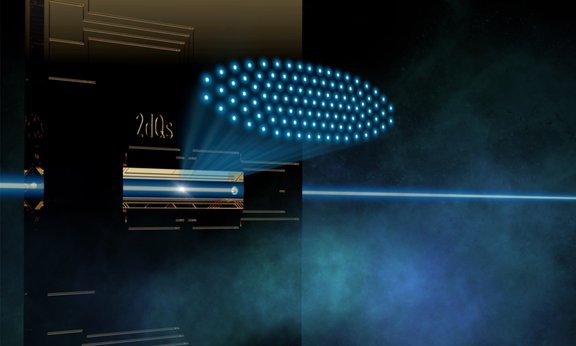
Network of quantum sensors boosts precision
Quantum sensor technology promises even more precise measurements of physical quantities. A team led by Christian Roos at the University of Innsbruck has now compared the signals of up to 91 quantum sensors with each other and thus successfully eliminated the noise caused by interactions with the environment. Correlation spectroscopy can be used to increase the precision of sensor networks.
Related studies
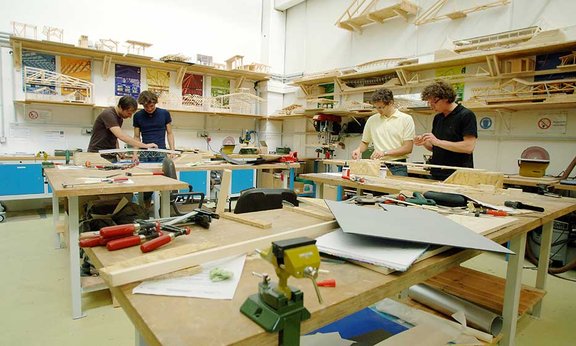
Civil Engineering (Master)
Diplom-Ingenieur*in

Environmental Engineering (Master)
Diplom-Ingenieur*in







